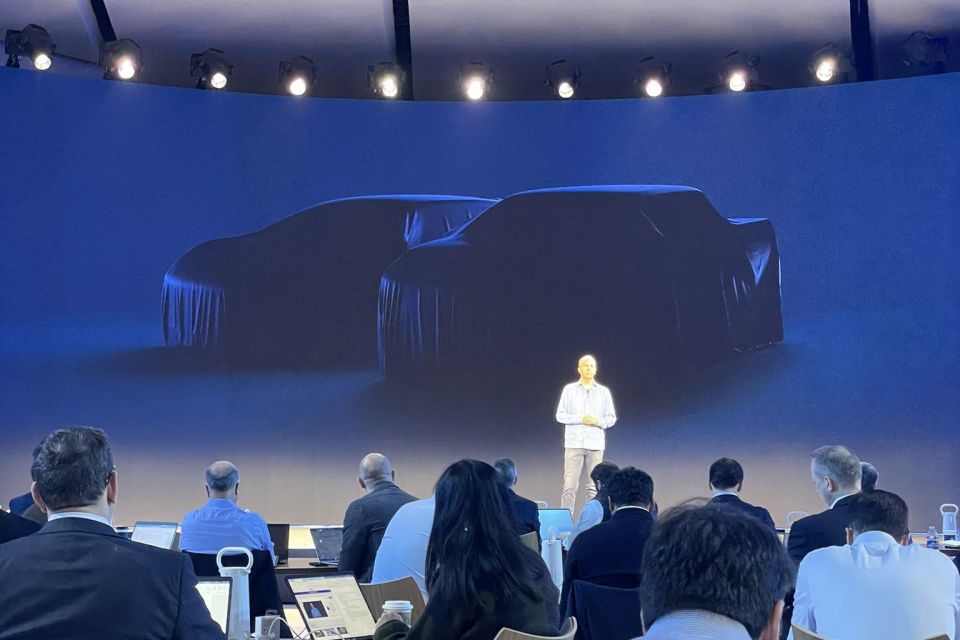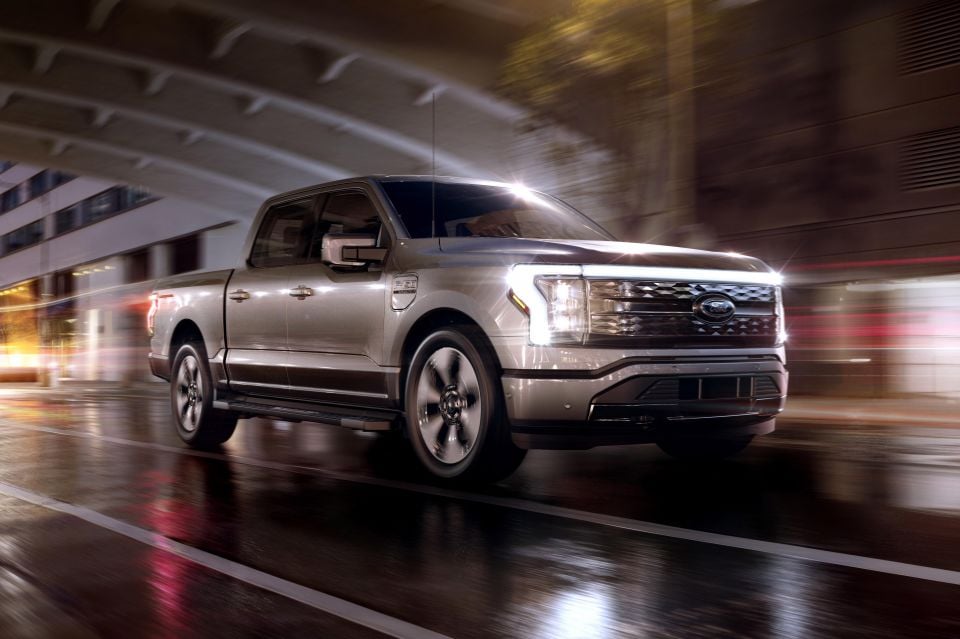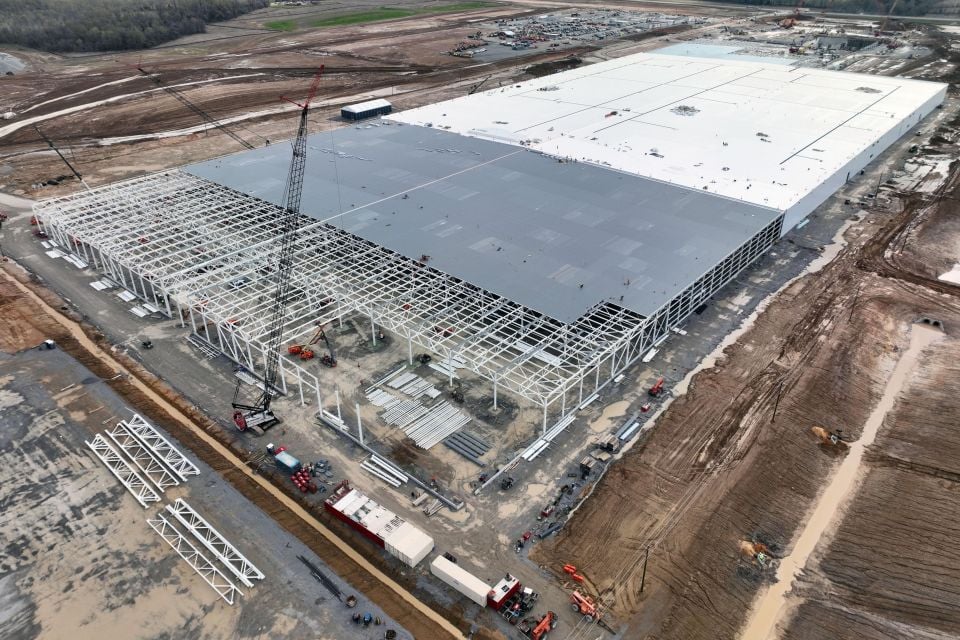

William Stopford
Every SUV, ute and van discontinued in Australia in 2025
5 Hours Ago

Contributor
Don’t expect to see an electric Ford with a humongous battery pack and a wild claimed range figure anytime soon.
Ford CEO Jim Farley said in a Q&A at the company’s recent Capital Market Day the company is focussing on optimising its battery packs for efficiency, rather than plonking in huge batteries like a number of its rival brands are doing.
“Smaller batteries, less labour content, cheaper distribution,” said Mr Farley.
“When it comes to smaller batteries, I have no idea what’s going on in this industry right now. All I hear is all these announcement of 450-mile (~724km) range, and 500-mile (~805km) range.”

“There was another one today about a three-row crossover it’s going to go electric,” added Mr Farley, possibly hinting towards the recently teased Cadillac Escalade IQ that’s expected to share General Motors’ Ultium BT1 body-on-frame architecture with the Chevrolet Silverado EV, GMC Hummer EV, and GMC Sierra EV.
“These batteries are huge. If you have those kinds of batteries, you will not make money. So we got to start talking about the size of batteries for the range, the efficiency,” continued Mr Farley.
“We’re not going to go to 600-mile (~966km) range. We’re trying to make the smallest possible battery for competitive range. We’re trying to get the simplicity of the product down so that we have very low labour content.”
At its Capital Market Day Ford teased an electric three-row SUV that’s due in the US in 2025, with a claimed range of 563km. A next-generation electric ute was also teased.

A notable example of an electric vehicle (EV) from a legacy carmaker that has a large battery pack in order to achieve long claimed ranges is the forthcoming Ram 1500 REV, which is also due to launch locally in late 2024.
In the US, the standard battery pack is a 168kWh unit that should be good for around 350 miles (~563km) of range. There’s also an optional 229kWh pack that Ram believes will yield 500 miles (~805km) of range.
Ram has also teased an extended range variant of the 1500 REV, though details won’t be available until later this year.
Ford reorganised its business last year into three units: Ford Blue (combustion and hybrid vehicles), Ford Model e (EVs), and Ford Pro (commercial products and services).

The company expects to lose US$3 billion (A$4.49 billion) before taxes in the Model e business this year, an increase from the US$2 billion (A$3 billion) loss it experienced in 2022.
The division had an EBIT (earnings before income and tax) decline of US$722 million (A$1.07 billion) in the first quarter of this year.
However, it says it’s on track this year “toward a contribution margin approaching breakeven” in Model e, and for its first-generation products to have position EBIT margins by the end of the year.

Ford’s investment in three EV and battery production plants is expected to cost the company around US$11.4 billion (A$15.7 billion) and create around 11,000 jobs.
The company’s EV plans include a global production goal of 600,000 units by the end of this year and two million by the end of 2026.
The company says it anticipates 40 to 50 per cent of its vehicle fleet will be electric by 2030.
Where expert car reviews meet expert car buying – CarExpert gives you trusted advice, personalised service and real savings on your next new car.
Jack Quick is an automotive journalist based in Melbourne. Jack studied journalism and photography at Deakin University in Burwood, and previously represented the university in dance nationally. In his spare time, he loves to pump Charli XCX and play a bit of Grand Theft Auto. He’s also the proud owner of a blue, manual 2020 Suzuki Jimny.


William Stopford
5 Hours Ago


Ben Zachariah
6 Hours Ago


Derek Fung
7 Hours Ago


Matt Campbell
13 Hours Ago


William Stopford
1 Day Ago


Josh Nevett
1 Day Ago